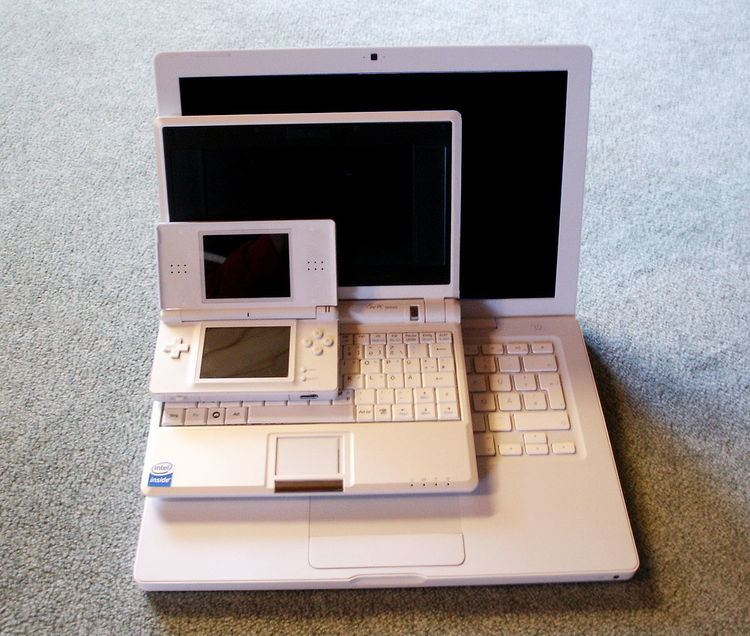 | ||
Form factor is an aspect of hardware design which defines and prescribes the size, shape, and other physical specifications of components, particularly in consumer electronics and electronic packaging. A form factor may represent a broad class of similarly sized components, or it may prescribe a specific standard.
Contents
Evolution and standardization
As electronic hardware has become smaller following Moore's Law and related patterns, ever-smaller form factors have become feasible. Specific technological advances, such as PCI Express, have had a significant design impact, though form factors have historically been slower to evolve than individual components. Standardization of form factors is vital for compatibility of hardware from different manufacturers.
Trade-offs
Smaller form factors may offer more efficient use of limited space, greater flexibility in the placement of components within a larger assembly, reduced use of material, and greater ease of transportation and use. However, smaller form factors typically incur greater costs in the design, manufacturing, and maintenance phases of the engineering lifecycle, and do not allow the same expansion options as larger form factors. The design of smaller form factor computers and network equipment must entail careful consideration of cooling, for instance. End-user maintenance and repair of small form factor electronic devices such as mobile phones is often not possible, and may be discouraged by warranty voiding clauses; such devices require professional servicing—or simply replacement—when they fail.
Examples
Computer form factors comprise a number of specific industry standards for motherboards, specifying dimensions, power supplies, placement of mounting holes and ports, and other parameters. Other types of form factors for computers include:
